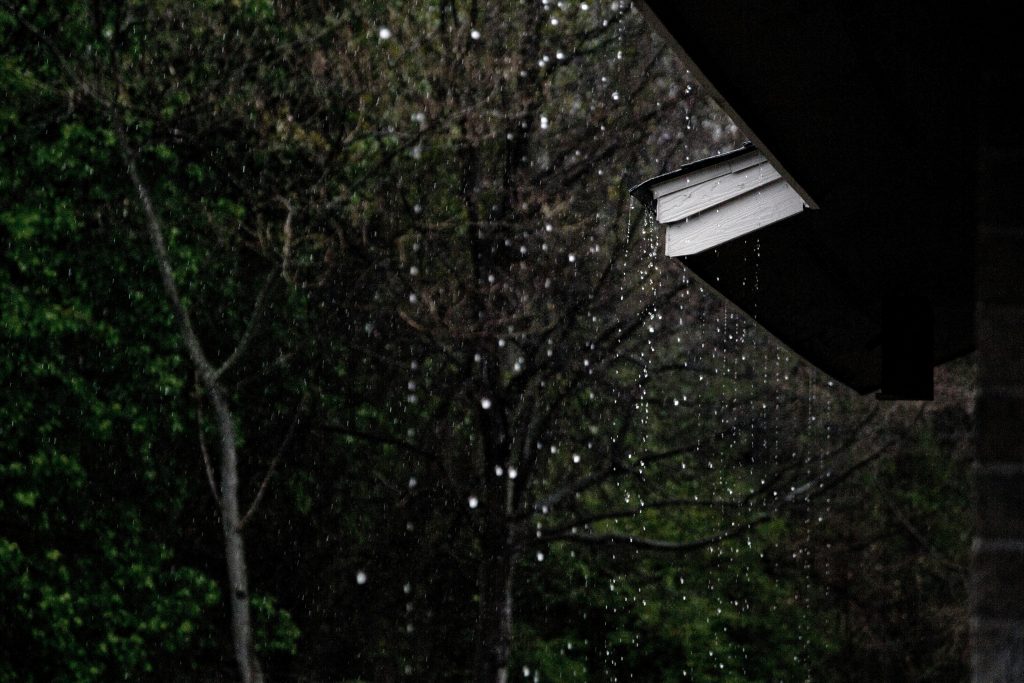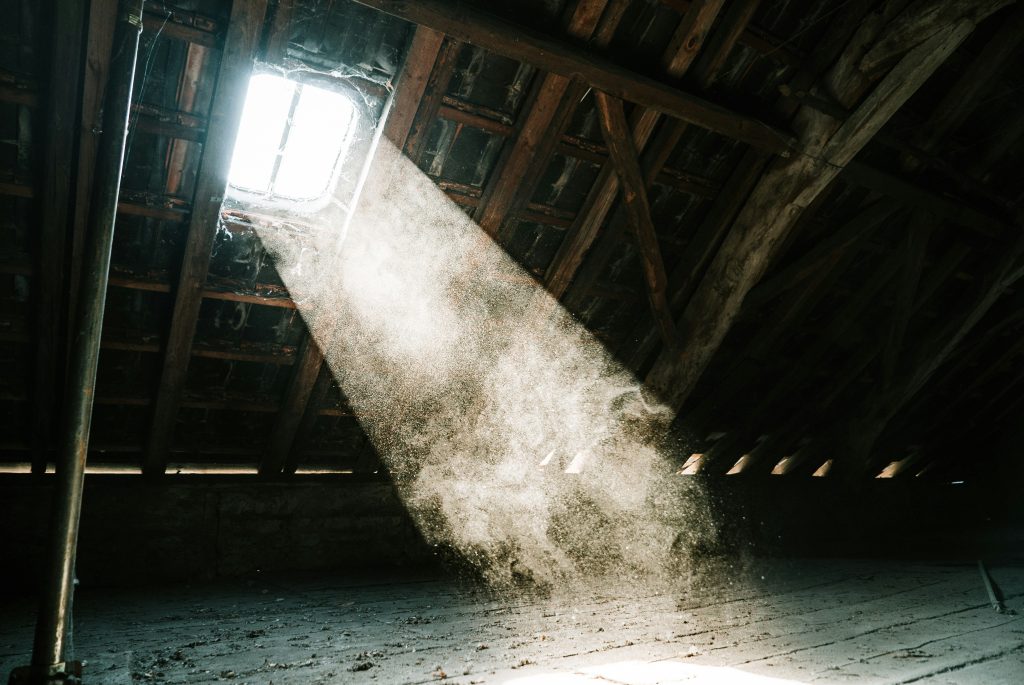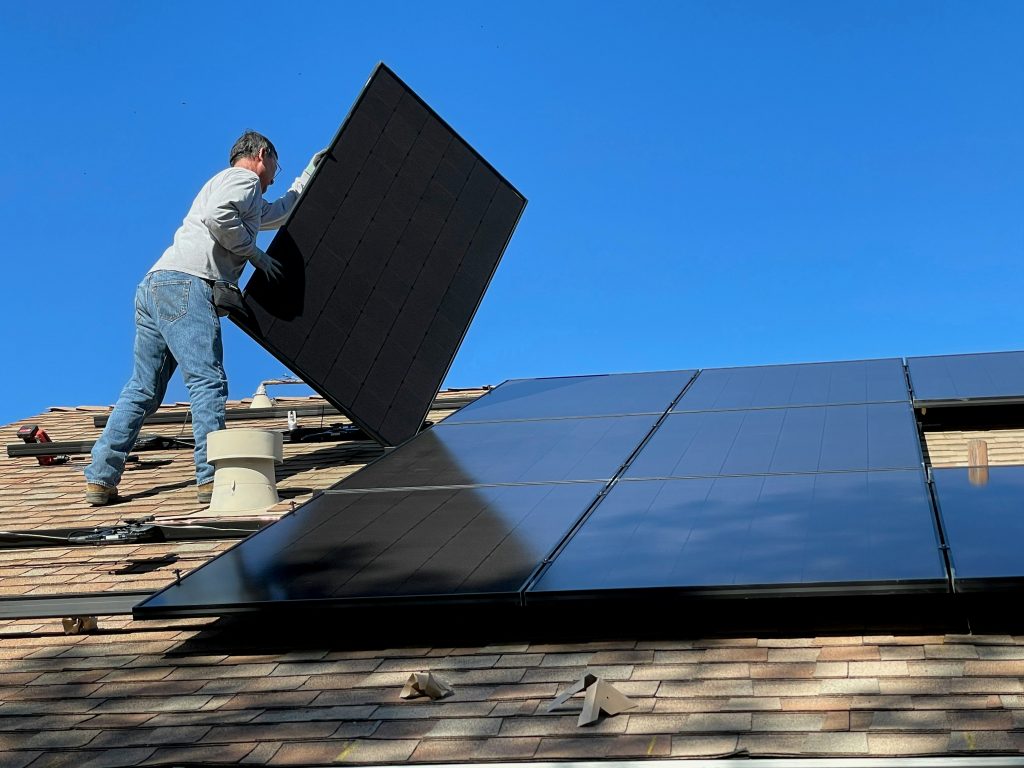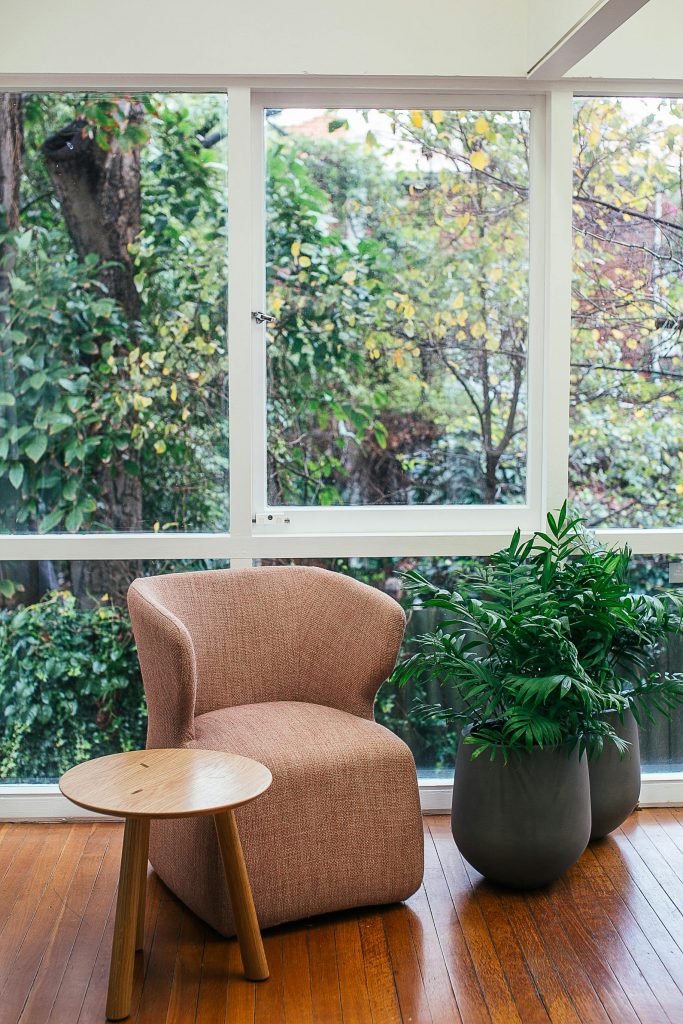Sustainable house designs are architectural designs that prioritize the use of environmentally friendly materials and practices to minimize the negative impact on the environment. These designs aim to create homes that are energy-efficient, water-efficient, and promote a healthy living environment. In today’s world, where climate change and environmental degradation are major concerns, sustainable house designs play a crucial role in reducing carbon emissions and conserving natural resources.
The Benefits of Eco-Friendly Living
Living in an eco-friendly home offers numerous benefits, starting with improved health. Sustainable house designs prioritize the use of non-toxic materials, which helps to reduce indoor air pollution. This is particularly important as poor indoor air quality can lead to respiratory problems, allergies, and other health issues. Additionally, sustainable homes often incorporate natural ventilation systems that improve air circulation and reduce the risk of mould growth.
From an environmental perspective, eco-friendly living significantly reduces carbon emissions and minimizes the depletion of natural resources. Sustainable house designs utilize renewable energy sources such as solar power and wind power, reducing reliance on fossil fuels. These designs also focus on efficient water usage through the implementation of rainwater harvesting systems and low-flow fixtures. By conserving water and energy, eco-friendly homes contribute to the preservation of ecosystems and help combat climate change.
Economically, sustainable living can lead to significant cost savings in the long run. Energy-efficient homes consume less electricity, resulting in lower utility bills. Additionally, sustainable house designs often incorporate passive heating and cooling techniques, reducing the need for artificial heating and cooling systems. This not only saves money but also reduces dependence on non-renewable energy sources.
Key Elements of Sustainable House Designs
1. Use of renewable energy sources: Sustainable house designs prioritize the use of renewable energy sources such as solar power, wind power, and geothermal energy. Solar panels can be installed on rooftops to generate electricity, while wind turbines can be used to harness wind energy. Geothermal systems utilize the natural heat from the earth to provide heating and cooling.
2. Efficient use of water: Sustainable house designs incorporate water-efficient fixtures such as low-flow toilets, faucets, and showerheads. Rainwater harvesting systems can be installed to collect rainwater for irrigation purposes. Greywater recycling systems can also be implemented to reuse water from sinks, showers, and washing machines for non-potable purposes.
3. Use of sustainable building materials: Sustainable house designs prioritize the use of environmentally friendly building materials such as bamboo, reclaimed wood, and recycled materials. These materials have a lower carbon footprint compared to traditional building materials and promote the conservation of natural resources.
4. Proper insulation and ventilation: Sustainable house designs focus on proper insulation to minimize heat loss during winter and heat gain during summer. This reduces the need for artificial heating and cooling systems, resulting in energy savings. Additionally, natural ventilation systems are incorporated to improve indoor air quality and reduce the reliance on mechanical ventilation.
5. Design for natural lighting and heating: Sustainable house designs maximize the use of natural light through the strategic placement of windows and skylights. This reduces the need for artificial lighting during the day, resulting in energy savings. Passive solar design techniques are also utilized to maximize solar heat gain during winter and minimize it during summer.
Energy-Efficient Building Materials and Techniques
| Material/Technique | Energy Efficiency Benefit | Cost |
|---|---|---|
| Insulated Concrete Forms (ICFs) | Reduced energy consumption for heating and cooling | Higher initial cost than traditional building materials |
| Low-E Windows | Reduced heat loss and gain, lower energy bills | Higher cost than traditional windows |
| Solar Panels | Generate renewable energy, reduce reliance on fossil fuels | High initial cost, but can save money in the long run |
| Green Roofs | Reduce heat absorption, improve air quality, and provide insulation | Higher initial cost than traditional roofing materials |
| LED Lighting | Uses less energy and lasts longer than traditional lighting | Higher initial cost, but can save money in the long run |
Energy-efficient building materials are designed to minimize energy consumption during the construction and operation of a home. These materials have a lower embodied energy, which refers to the energy required to extract, manufacture, transport, and install them. Examples of energy-efficient building materials include insulated concrete forms (ICFs), structural insulated panels (SIPs), and cool roofs.
ICFs are made from insulating foam blocks that are filled with concrete. They provide excellent insulation properties, reducing the need for artificial heating and cooling systems. SIPs are panels made from a layer of insulation sandwiched between two layers of structural material. They offer superior insulation and structural strength, resulting in energy savings. Cool roofs are designed to reflect more sunlight and absorb less heat compared to traditional roofs, reducing the need for air conditioning.
Energy-efficient building techniques focus on minimizing energy consumption during the construction process. This includes proper sealing and insulation of the building envelope, installation of energy-efficient windows and doors, and the use of efficient HVAC systems. These techniques help to reduce heat loss, improve indoor comfort, and lower energy bills.
The benefits of using energy-efficient building materials and techniques are numerous. Firstly, they result in significant energy savings, reducing utility bills and dependence on non-renewable energy sources. Secondly, they contribute to a more comfortable living environment by minimizing temperature fluctuations and improving indoor air quality. Lastly, they help to reduce carbon emissions and combat climate change.
Water Conservation Strategies for Sustainable House Designs

Water conservation strategies in sustainable house designs aim to minimize water usage and promote the efficient use of water resources. These strategies include the use of water-efficient fixtures, rainwater harvesting systems, greywater recycling systems, and drought-tolerant landscaping.
Water-efficient fixtures such as low-flow toilets, faucets, and showerheads can significantly reduce water consumption without compromising performance. These fixtures use less water per use while maintaining adequate water pressure.
Rainwater harvesting systems collect rainwater from rooftops and store it for later use. This water can be used for irrigation purposes, reducing the need for potable water. Greywater recycling systems collect water from sinks, showers, and washing machines and treat it for reuse in non-potable applications such as toilet flushing or landscape irrigation.
Drought-tolerant landscaping involves the use of native plants that require minimal watering. These plants are adapted to local climate conditions and can survive with little to no irrigation. Additionally, efficient irrigation systems such as drip irrigation can be used to minimize water wastage.
The benefits of water conservation in sustainable house designs are significant. Firstly, it helps to preserve water resources, particularly in regions facing water scarcity. Secondly, it reduces the strain on municipal water treatment and distribution systems. Thirdly, it lowers water bills for homeowners. Lastly, it promotes the health of ecosystems by reducing the extraction of water from natural sources.
Sustainable House Designs and Indoor Air Quality

Indoor air quality refers to the quality of air within buildings and structures, particularly as it relates to the health and comfort of occupants. Poor indoor air quality can lead to various health issues such as allergies, asthma, and respiratory problems. Sustainable house designs prioritize indoor air quality through the use of non-toxic materials, proper ventilation systems, and moisture control.
Non-toxic materials such as low-VOC (volatile organic compound) paints, adhesives, and flooring materials are used in sustainable house designs to minimize the release of harmful chemicals into the air. These materials have lower levels of pollutants compared to traditional materials, promoting a healthier living environment.
Proper ventilation systems are crucial in sustainable house designs to ensure adequate air circulation and remove pollutants from indoor spaces. Natural ventilation techniques such as cross-ventilation and stack ventilation can be incorporated to reduce reliance on mechanical ventilation systems. Additionally, mechanical ventilation systems with high-efficiency filters can be installed to remove airborne pollutants.
Moisture control is another important aspect of indoor air quality in sustainable house designs. Excess moisture can lead to mold growth, which can cause respiratory problems and allergies. Proper insulation and ventilation techniques are utilized to prevent moisture buildup and maintain a healthy indoor environment.
Improving indoor air quality in sustainable house designs has numerous benefits. Firstly, it promotes the health and well-being of occupants by reducing the risk of respiratory issues and allergies. Secondly, it creates a more comfortable living environment by ensuring adequate air circulation and temperature control. Lastly, it reduces the reliance on mechanical ventilation systems, resulting in energy savings.
The Role of Solar Energy in Sustainable House Designs

Solar energy is a renewable energy source that is harnessed from the sun’s rays. It is a key component of sustainable house designs as it provides a clean and abundant source of power. Solar energy can be used for various purposes in sustainable homes, including electricity generation, water heating, and space heating.
Solar panels, also known as photovoltaic (PV) panels, are used to convert sunlight into electricity. These panels are typically installed on rooftops or in open spaces where they can receive maximum sunlight exposure. The electricity generated by solar panels can be used to power appliances, lighting, and other electrical devices in the home. Excess electricity can be stored in batteries or fed back into the grid.
Solar water heating systems utilize the heat from the sun to heat water for domestic use. These systems consist of solar collectors that absorb sunlight and transfer the heat to a storage tank. Solar water heating systems can significantly reduce the energy consumption associated with water heating, resulting in cost savings and reduced carbon emissions.
Space heating can also be achieved using solar energy through passive solar design techniques. These techniques involve the strategic placement of windows, thermal mass materials, and shading devices to maximize solar heat gain during winter and minimize it during summer. This reduces the need for artificial heating and cooling systems, resulting in energy savings.
The benefits of using solar energy in sustainable house designs are numerous. Firstly, it provides a clean and renewable source of power, reducing reliance on fossil fuels and lowering carbon emissions. Secondly, it offers significant cost savings by reducing electricity bills and water heating costs. Lastly, it promotes energy independence by allowing homeowners to generate their own electricity.
Green Landscaping and Sustainable House Designs
Green landscaping refers to the use of environmentally friendly practices in landscaping design and maintenance. It is an integral part of sustainable house designs as it promotes the conservation of natural resources, reduces water usage, and enhances biodiversity.
Green landscaping practices include the use of native plants, efficient irrigation systems, and organic fertilizers. Native plants are adapted to local climate conditions and require minimal watering and maintenance. They also provide habitat for local wildlife and promote biodiversity.
Efficient irrigation systems such as drip irrigation can be used to minimize water wastage in landscaping. These systems deliver water directly to the roots of plants, reducing evaporation and runoff. Rainwater harvesting systems can also be incorporated to collect rainwater for irrigation purposes.
Organic fertilizers and pest control methods are used in green landscaping to minimize the use of harmful chemicals. These methods promote soil health and reduce the risk of water pollution.
The benefits of green landscaping in sustainable house designs are significant. Firstly, it reduces water usage by utilizing drought-tolerant plants and efficient irrigation systems. Secondly, it promotes biodiversity by providing habitat for local wildlife. Thirdly, it enhances the aesthetic appeal of the property and increases its value. Lastly, it reduces the need for chemical fertilizers and pesticides, promoting a healthier environment.
Sustainable House Designs and Waste Reduction
Waste reduction strategies in sustainable house designs aim to minimize waste generation and promote recycling and composting. These strategies include the use of recycled materials, proper waste management systems, and design for disassembly.
Recycled materials such as reclaimed wood, recycled glass, and recycled plastic can be used in sustainable house designs to reduce the demand for virgin materials. These materials have a lower carbon footprint compared to traditional materials and promote the conservation of natural resources.
Proper waste management systems such as recycling bins and composting systems can be incorporated into sustainable house designs to encourage waste reduction. Recycling bins can be strategically placed throughout the home to facilitate the separation of recyclable materials. Composting systems can be used to convert organic waste into nutrient-rich compost for gardening purposes.
Design for disassembly is a concept that involves designing buildings and structures in a way that allows for easy disassembly and recycling of materials at the end of their life cycle. This promotes the reuse and recycling of materials, reducing waste generation and conserving resources.
The benefits of waste reduction in sustainable house designs are significant. Firstly, it reduces the amount of waste sent to landfills, minimizing the environmental impact of waste disposal. Secondly, it promotes the conservation of natural resources by reducing the demand for virgin materials. Thirdly, it saves money by reducing waste disposal costs. Lastly, it promotes a circular economy by encouraging the reuse and recycling of materials.
The Future of Sustainable House Designs: Trends and Innovations

The future of sustainable house designs is promising, with numerous trends and innovations emerging in the field. Some current trends include the use of smart home technology, the integration of green roofs and walls, and the adoption of passive house standards.
Smart home technology allows homeowners to monitor and control various aspects of their homes remotely, including lighting, heating, cooling, and security systems. This technology can optimize energy usage, improve comfort, and reduce utility bills.
Green roofs and walls involve the incorporation of vegetation on rooftops and vertical surfaces. These features provide insulation, reduce stormwater runoff, improve air quality, and enhance the aesthetic appeal of buildings.
Passive house standards focus on achieving high levels of energy efficiency through proper insulation, airtight construction, and mechanical ventilation with heat recovery. These standards aim to create homes that require minimal heating and cooling, resulting in significant energy savings.
In terms of innovations, researchers are exploring new materials such as bio-based composites and carbon-negative concrete that have lower carbon footprints compared to traditional building materials. Additionally, advancements in energy storage technologies are making it easier to store excess energy generated from renewable sources such as solar power.
The future outlook for sustainable house designs is promising, with increasing awareness and demand for environmentally friendly homes. As technology continues to advance and costs decrease, sustainable house designs will become more accessible and mainstream.
Sustainable house designs play a crucial role in today’s world, where climate change and environmental degradation are major concerns. These designs prioritize the use of environmentally friendly materials and practices to minimize the negative impact on the environment. The benefits of eco-friendly living are numerous, including improved health, reduced carbon emissions, and cost savings.
Key elements of sustainable house designs include the use of renewable energy sources, efficient water usage, sustainable building materials, proper insulation and ventilation, and design for natural lighting and heating. Energy-efficient building materials and techniques help to minimize energy consumption during construction and operation. Water conservation strategies promote the efficient use of water resources. Indoor air quality is prioritized through the use of non-toxic materials, proper ventilation systems, and moisture control. Solar energy plays a crucial role in sustainable house designs, providing a clean and abundant source of power. Green landscaping promotes the conservation of natural resources and enhances biodiversity. Waste reduction strategies minimize waste generation and promote recycling and composting.
The future of sustainable house designs is promising, with trends such as smart home technology, green roofs and walls, and passive house standards gaining popularity. Innovations in materials and energy storage technologies are also driving advancements in sustainable house designs.
In conclusion, sustainable house designs are essential for creating homes that are environmentally friendly, energy-efficient, and promote a healthy living environment. It is important for individuals to consider these designs when building or renovating their homes in order to minimize their carbon footprint and contribute to a more sustainable future. By incorporating features such as solar panels, rainwater harvesting systems, and efficient insulation, homeowners can reduce their energy consumption and reliance on non-renewable resources. Additionally, sustainable house designs prioritize the use of non-toxic materials and promote good indoor air quality, which can have significant health benefits for occupants. Overall, embracing sustainable house designs is not only beneficial for the environment but also for the well-being of individuals and communities.
If you’re interested in sustainable house designs, you might also want to check out this article on EcoFriendlyHomeandGarden.com about “Green Gnocchi in Pesto Sauce.” It’s a delicious recipe that not only promotes healthy eating but also highlights the importance of using organic and locally sourced ingredients. By incorporating sustainable practices into our daily lives, such as cooking with eco-friendly ingredients, we can contribute to a greener and more sustainable future. So why not give this recipe a try and explore more ways to make your home and lifestyle more environmentally friendly?


